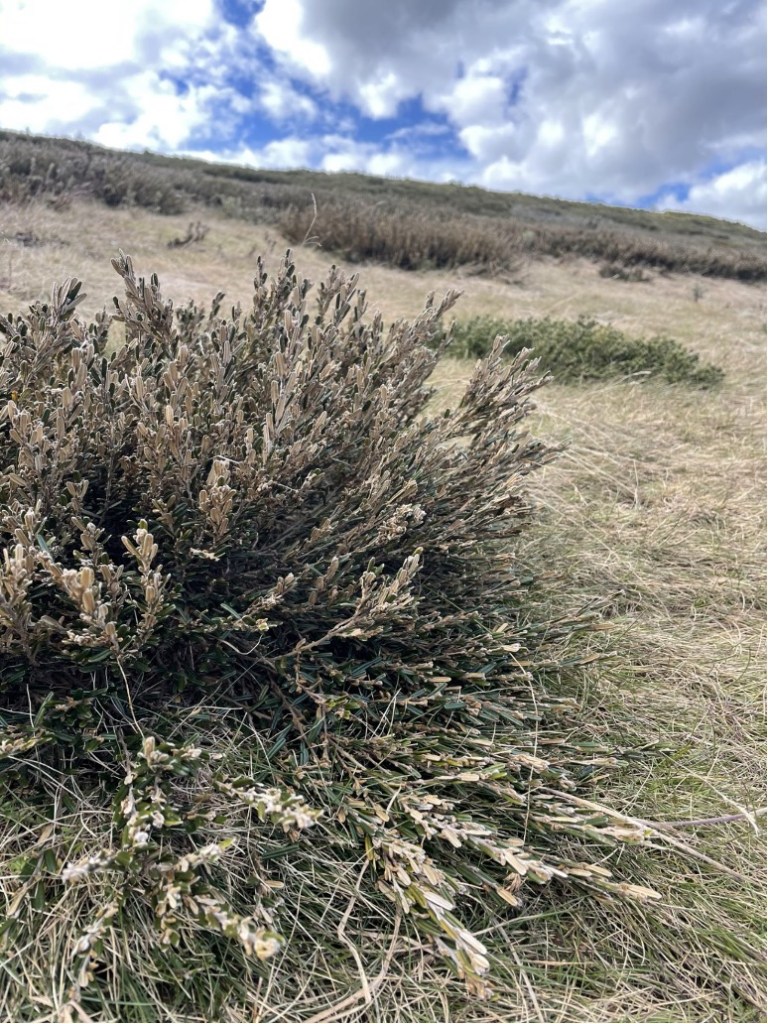In a rapidly changing climate, many natural ecosystems are facing unprecedented challenges. One such ecosystem are early-melting snowpatch plant communities, those communities that form where snow persists longest into the growing season in high mountain environments. In Victoria, these communities are numerous, but small in extent, distributed across the length of the Bogong High Plains. RCAAE members John Morgan and Zac Walker have just published new research (in the journal Scientific Reports) that sheds light on how these communities are transitioning into novel states due to climate change, presenting both challenges and opportunities for conservation and ecological understanding.
Snowpatch plant communities are found at the highest elevations in Australia, typically on south-eastern facing slopes where winter snow has accumulated into deep drifts. As such, these areas have very short growing season when the snow finally melts in summer, are protected from spring frosts, and often have higher soil moisture than surrounding areas due to the slowly melting snow. These snowpatches act as ‘life rafts’ for a unique set of plants and invertebrates that are restricted to these communities. However, climate change is altering the dynamics of snowpatches, with reduced snow cover and earlier snowmelt becoming increasingly common.

Morgan and Walker’s research reveals that as snowpatches melt earlier, the plant species composition within these communities is changing. Snowpatch species are persisting (that is, species are not yet going locally extinct) but a whole gaggle of new species, better suited to longer growing seasons, are making their way into snowpatches, changing both the composition and structure of these communities. The ‘new’ species includes tall native shrubs that abound in the broader landscape but are typically rare in snowpatches, and many herbaceous plants that have dispersed by seed from the adjacent plant communities. As such, the dominant processes in snowptaches are about immigration of new species, with an apparent lag in the loss of snowpatch specialists. This is leading to the emergence of novel ecosystems with unique species compositions and a vegetation structure that resembles a heathland moreso than the short herbfield structure that typically characterises snowpatches.

The research highlights the complex and dynamic nature of snowpatches in the face of climate change. While these communities are transitioning into novel states, the implications for biodiversity, conservation, and ecological understanding are profound. There is an urgent need to address climate change and its impact on alpine ecosystems but in the short-term, adaptive conservation strategies are necessary to ensure the survival of these unique plant communities. Such strategies might include removing the encroaching native shrubs that will likely overtop the smaller, less competitive snowptach species. Alternatively, perhaps managers may build snowfences above snowpatches to ensure that even more (of the increasingly marginal) snow deposits into snowpatches and allows later meltout than is currently being observed.
Reference:
Morgan, J., Walker, Z. (2023) Early-melting snowpatch plant communities are transitioning into novel states. Scientific Reports 13, 16520. https://doi.org/10.1038/s41598-023-42808-5
